When the light absorbers are made very small, almost all the device performance metrics improve—but doing this is easier said than done.
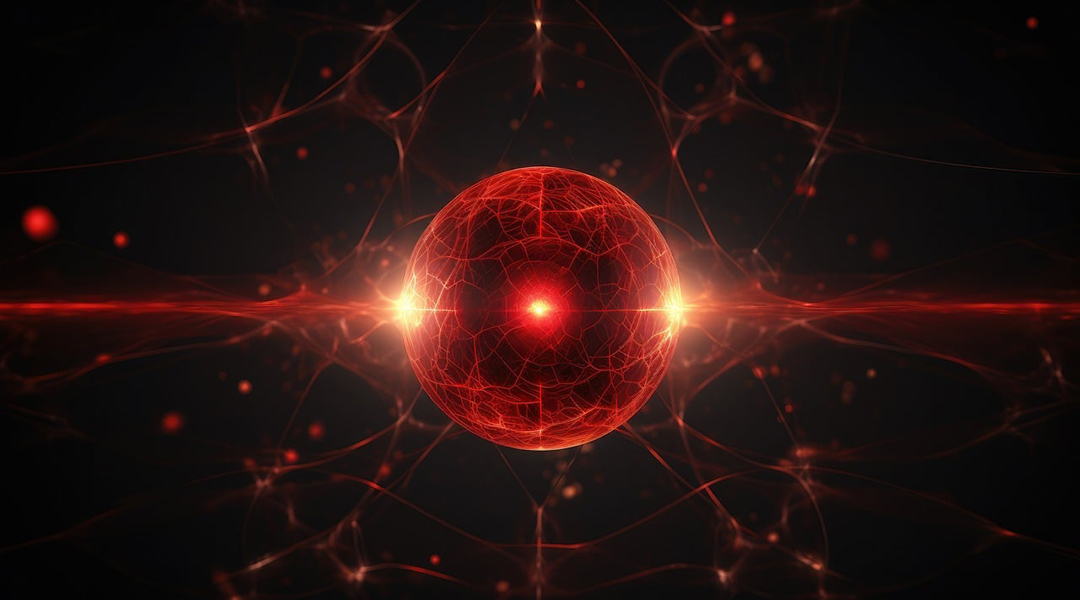

When the light absorbers are made very small, almost all the device performance metrics improve—but doing this is easier said than done.
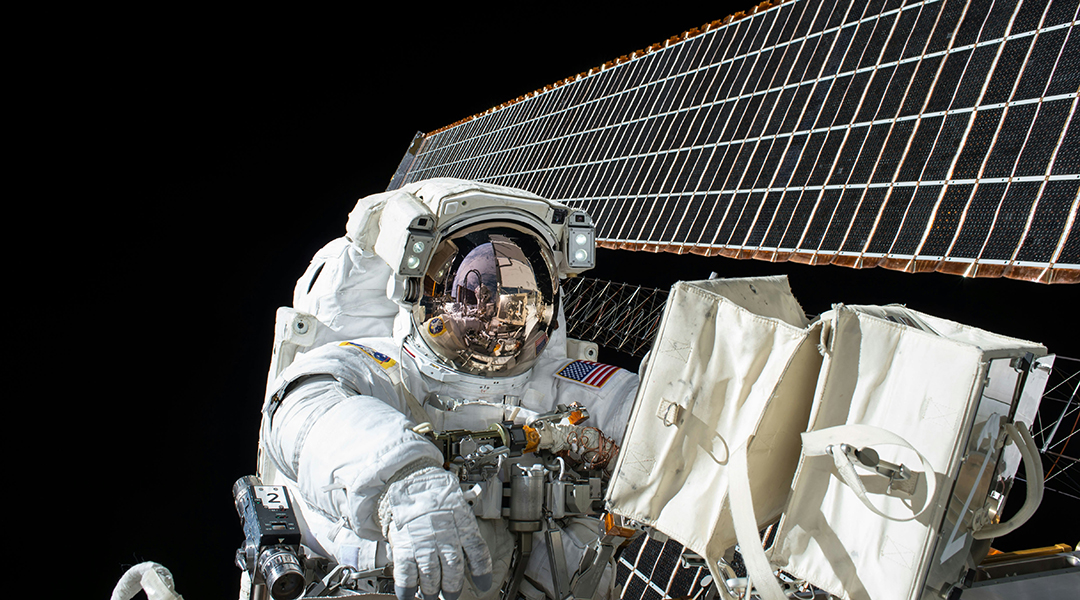
Future astronauts may be protected from galactic cosmic rays thanks to a novel organ-on-chip system containing interconnected human tissue.

In this third and final article in a series on philosophy and science, we look at how modern science shows the validity of dialectical processes and how this can help guide science.
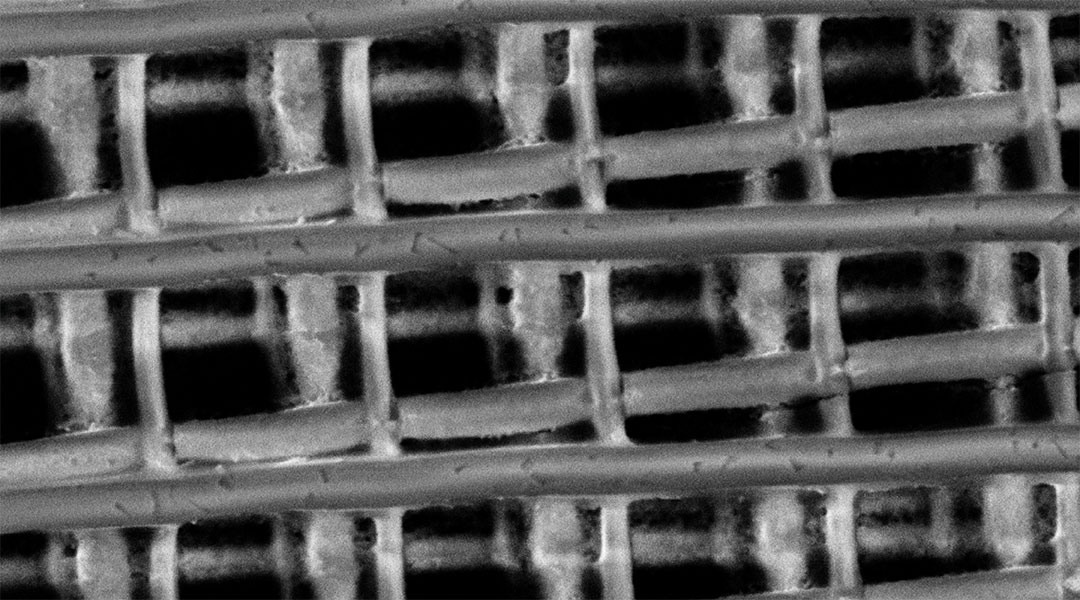
Their unprecedented control over light will lead to breakthroughs in telecommunications, medical imaging, and quantum computing.
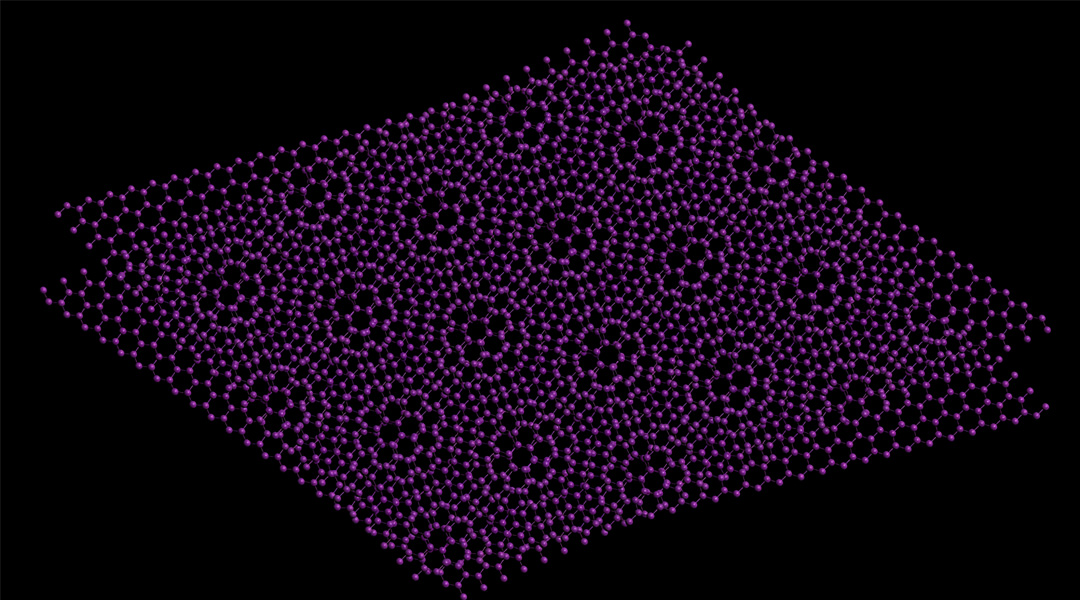
“Magic angles” in twisted bismuth bilayers could induce superconductivity at more reasonable temperatures.

Scientists create magnetism in a non-magnet at room temperature for the first time, with implications in quantum tech and computer science.

Researchers develop “relative attention entropy” to optimize data transmission, aiding AI learning and communication systems.

Computers based on memristors promise significant energy savings and improved accuracy in large-scale computing.

In this first article in a series on philosophy and science, we take a look at materialism and why it is fundamental to science.
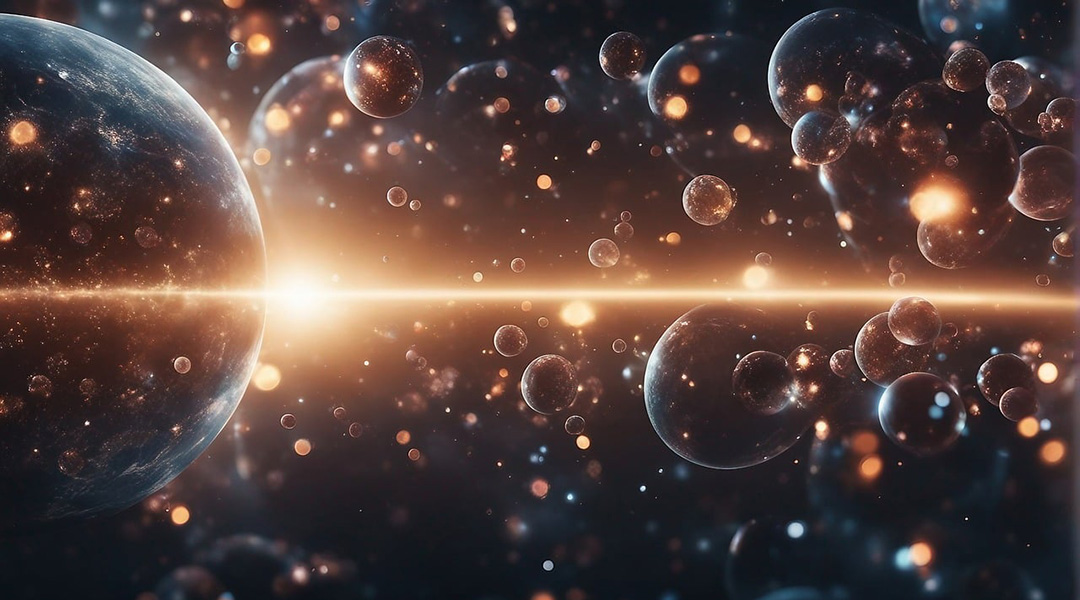
The link between entanglement, energy, and the phase transition from superconductor to insulator isn’t just a theoretical curiosity.